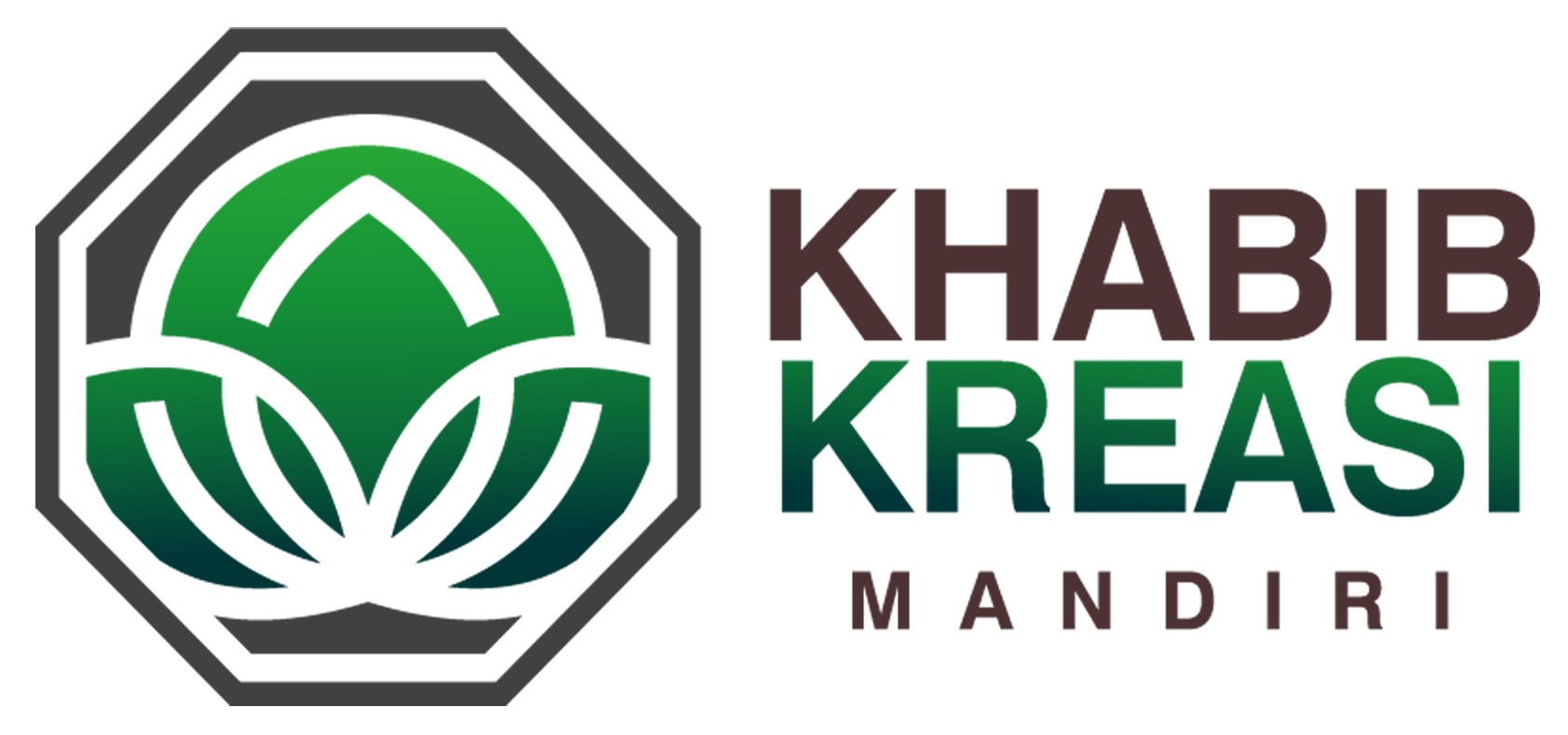

How Ancient Egypt Celebrated the Sun and Its Symbols
| Stok | |
| Kategori | Blog |
How Ancient Egypt Celebrated the Sun and Its Symbols
1. Introduction: The Significance of the Sun in Ancient Egyptian Culture
In ancient Egypt, the sun was not merely a celestial body but the very foundation of their religious beliefs, daily life, and governance. As the source of light and life, the sun symbolized creation, renewal, and divine authority. Daily observances and religious rituals revolved around the sun’s apparent journey across the sky, which was seen as a sacred cycle essential to maintaining Ma’at — the cosmic order.
The concept of solar worship permeated Egyptian society, influencing architecture, art, and political ideology. Temples faced east to greet the dawn, and pharaohs were often depicted as the earthly embodiments of solar deities. This article explores how the Egyptians celebrated and symbolized the sun, revealing the deep spiritual and cultural connection they maintained with it.
2. The Sun as a Deity and Its Representation in Egyptian Mythology
a. The sun gods Ra and Amun-Ra: identities and roles
Ra, known as the supreme sun god, was considered the creator deity who journeyed across the sky by day and through the underworld by night. His iconography often depicted him as a man with a solar disk resting on his head. Over time, Ra merged with other deities, most notably Amun, forming Amun-Ra—a combination embodying both the unseen divine power and the visible solar presence. This syncretism underscored the sun’s centrality in divine authority and kingship.
b. Mythological stories illustrating the sun’s journey and significance
The myth of Ra’s daily voyage emphasizes themes of renewal and eternal cycle. Each morning, Ra was reborn at sunrise, symbolizing rebirth and hope. During the night, he traveled through the Duat (underworld), confronting chaos and ensuring cosmic stability. The myth underscores the importance of solar power in maintaining Ma’at, with the pharaoh acting as the earthly representative of Ra to uphold cosmic harmony.
c. How these deities were depicted in art and hieroglyphs
Depictions of Ra and Amun-Ra appear prominently in temple reliefs, amulets, and tomb inscriptions. The solar disk, often encircled by hieroglyphs, became a universal symbol of divine authority. Hieroglyphic representations of the sun include the circle with rays or the iconic Eye of Horus, which symbolized protection and royal power linked to solar energy.
3. Symbols of the Sun in Egyptian Art and Iconography
a. Common symbols associated with the sun: the solar disk, rays, and the Eye of Horus
The most recognizable solar symbol is the solar disk, often depicted as a circle with radiating lines representing sun rays. These rays sometimes end in hands, symbolizing the sun’s life-giving power. The Eye of Horus is another vital icon, representing protection, healing, and the watchful eye of the sun as it oversees the world. The Eye’s connection to solar mythology stems from its mythological origin, where it embodies the sun’s protective gaze.
b. The evolution of solar symbols over different dynasties
Throughout Egypt’s dynastic history, solar symbols evolved from simple icons to elaborate representations. During the Old Kingdom, the solar disk was often depicted with a cobra (ureus) symbolizing royal authority. In the New Kingdom, the Eye of Horus gained prominence, intertwined with solar symbolism, reflecting a shift towards personal and protective amulets.
c. The symbolic connection between the Eye of Horus and solar protection
The Eye of Horus, also known as Wadjet, was believed to possess healing and protective qualities linked to the sun’s restorative power. Mythologically, it represented the sun’s eye watching over Egypt, warding off evil. This connection made it a popular motif in amulets, jewelry, and temple carvings, embodying both divine protection and solar vitality.
4. Rituals and Celebrations Honoring the Sun
a. Daily rituals at temples to revere the sun’s journey across the sky
Ancient Egyptian priests performed daily rituals at sunrise and sunset to honor the sun’s movement. These included offerings of incense, libations, and recitations of hymns praising Ra. Temples such as Karnak and Abu Simbel had specific sanctuaries dedicated to solar worship, where priests maintained sacred fires symbolizing the sun’s eternal cycle.
b. Major festivals, such as the Opet Festival, celebrating solar power
The Opet Festival was a grand celebration linking the divine power of the pharaoh with the sun god Ra. It involved processions carrying statues of deities from Karnak to Luxor, symbolizing the rejuvenation of kingship through solar energy. The festival underscored the belief that the pharaoh’s divine authority was rooted in the sun’s life force.
c. The role of priests and offerings in solar worship
Priests played a crucial role in maintaining solar worship through daily rituals, offerings, and maintaining sacred fires. Offerings included bread, wine, and symbolic items like mirrors, representing the sun’s reflective power. These practices aimed to ensure the continued favor of the sun deity and the prosperity of Egypt.
5. Artistic and Material Expressions of Solar Symbols
a. Use of Egyptian blue pigment in sun-related artifacts and why it was significant
Egyptian blue, a vibrant synthetic pigment, was extensively used in sun-related artifacts due to its durable and luminous qualities. It symbolized the divine and eternal nature of the sun. Artisans applied Egyptian blue to statues, amulets, and jewelry to evoke solar power and the divine light that sustains life.
b. Crafting of amulets and jewelry featuring solar motifs, including the Eye of Horus
Amulets such as the Eye of Horus were crafted from materials like faience, gold, and semi-precious stones. These items served both protective and spiritual functions, embodying solar energy and divine protection. Jewelry pieces often combined solar disks with other symbols to reinforce their protective qualities.
c. The importance of color and materials in representing solar power
Colors like gold (symbolizing the sun’s brilliance), azure, and black were associated with solar attributes. The choice of materials and pigments in artifacts was deliberate, aiming to reflect the sun’s vitality and divine essence in both everyday objects and sacred art.
6. The Eye of Horus as a Modern Symbol of Solar and Protective Power
a. Origins of the Eye of Horus in myth and its association with the sun and the sky
The myth of Horus losing his eye during battles with Seth links directly to solar symbolism. The eye, restored by Thoth, came to represent healing, protection, and the sun’s regenerative power. Today, the Eye of Horus remains a powerful emblem of safeguarding and vitality, echoing its ancient roots.
b. How the Eye of Horus embodies the protective and healing aspects of solar symbols
Ancient Egyptians believed the Eye of Horus could ward off evil and heal ailments, mirroring the sun’s role in restoring life and health. The symbol’s geometric precision and vibrant imagery convey harmony, balance, and the protective power of solar energy.
c. Contemporary uses and interpretations of the Eye of Horus as a symbol of protection and health
Modern culture often adopts the Eye of Horus in jewelry, tattoos, and spiritual practices, emphasizing protection and well-being. Its association with solar energy continues to inspire wellness and spiritual safeguarding. For those interested in exploring symbolic connections, visiting free games with expanding wilds can serve as a contemporary reflection of ancient principles.
7. Scientific and Cultural Connections to Solar Celebrations
a. How Egyptian knowledge of mathematics and astronomy influenced solar worship
Egyptians developed advanced mathematical systems, including geometry used in temple architecture aligned with solstices and equinoxes. Their astronomical observations allowed precise calendar calculations, ensuring festivals and rituals coincided with solar events, reinforcing the divine importance of the sun.
b. The significance of materials like Egyptian blue and carbon black in creating durable solar symbols
Materials such as Egyptian blue and carbon black were not only valued for their vibrant colors but also for their durability, enabling symbols of solar power to withstand millennia. These materials exemplify the intersection of technological innovation and spiritual symbolism.
c. Reflection on ancient technological achievements and their relation to solar reverence
Egyptian advancements in pigment production, metallurgy, and architecture reflect a sophisticated understanding of natural elements, especially the sun. Their ability to harness solar energy symbolically and materially underscores the importance they placed on the sun’s role in cosmic and earthly realms.
8. Non-Obvious Depths: Hidden Meanings and Lesser-Known Solar Symbols
a. Analyzing less common symbols and their connections to solar mythology
Symbols such as the scarab beetle, which represented rebirth, were often linked to solar myths. The scarab’s rolling of the sun across the sky paralleled its mythological role, illustrating how subtle symbols reinforced solar themes in everyday life and spiritual practices.
b. The integration of solar symbolism in everyday objects and tomb inscriptions
Daily objects, from household pottery to tomb decorations, incorporated solar motifs to invoke protection and vitality. Hieroglyphs depicting the sun’s rays or solar disks were common in inscriptions meant to safeguard the deceased’s journey into the afterlife.
c. The enduring legacy of Egyptian solar symbolism in modern culture and spiritual practices
Modern spiritualities often adopt solar symbols like the Eye of Horus to represent enlightenment, health, and protection. Their widespread use demonstrates the lasting influence of ancient Egyptian beliefs connecting the sun’s power with universal well-being.
9. Conclusion: The Legacy of Solar Celebrations in Ancient Egypt and Beyond
Ancient Egypt’s reverence for the sun manifested through elaborate rituals, rich symbolism, and profound mythology. The Eye of Horus exemplifies how solar power was integrated into protective amulets and spiritual practices, remaining relevant today as a symbol of protection and health. These traditions highlight a universal truth: the sun’s energy, both literal and symbolic, continues to inspire human culture across millennia.
“The enduring symbols of ancient Egypt reveal a civilization deeply attuned to the life-giving and protective power of the sun, whose legacy persists in modern spiritual and cultural expressions.”
Understanding how ancient Egyptians celebrated the sun enhances our appreciation for their sophisticated spiritual worldview. It also reminds us of the universal significance of solar symbolism, which continues to inspire art, spirituality, and cultural identity today.
How Ancient Egypt Celebrated the Sun and Its Symbols
| Berat | 250 gram |
| Kondisi | Baru |
| Dilihat | 3 kali |
| Diskusi | Belum ada komentar |
Produk Terkait
Покердом — особенности и преимущества популярного онлайн покер-рума и казино ▶️ ИГРАТЬ Содержимое Уникальные функции и игровые возможности Бонусы и программы лояльности в Покердом Безопасность и надежность В современном мире интернета и онлайн-игр, покердом занимает особое место среди покер-румов и казино. Это популярное онлайн-казино, которое предлагает игрокам широкий спектр игр, включая покер, рулетку, бинго и… selengkapnya
*Harga Hubungi CSInhaltsverzeichnis Auswahl und Implementierung passender Personalisierungs-Techniken im E-Learning Gestaltung und Konzeption individueller Lernpfade auf technischer Ebene Datenmanagement und Datenschutz bei personalisierten Lernpfaden Analyse und Optimierung der Personalisierungs-Algorithmen Praxisbeispiele und Best-Practice-Ansätze im DACH-Raum Häufige Fehler bei der Umsetzung und deren Vermeidung Nachhaltige Integration und Skalierung in Organisationen Zukunftsperspektiven und Zusammenfassung 1. Auswahl und Implementierung passender Personalisierungs-Techniken… selengkapnya
*Harga Hubungi CSФункция рандома во ежедневной жизни Рандом является частью важной частью повседневной существования. Она проявляется во разнообразных различных областях, включая Больше информации, человеческой активности — от климата и/или транспортных задержек вплоть до встреч с человеками а также внезапных инцидентов в области службе. Понимание и/или принятие непредсказуемости способствует эффективнее строить действия, уменьшать стресс и/или осуществлять максимально взвешенные… selengkapnya
*Harga Hubungi CSГама казино онлайн – Gama Casino Online – обзор ▶️ ИГРАТЬ Содержимое Обзор Gama Casino Online Достоинства Gama Casino Online: Преимущества и функции Gama Casino Online Функции Gama Casino Online Ограничения и риски онлайн-казино В современном мире игорного бизнеса гама казино онлайн – Gama Casino Online – является одним из наиболее популярных и надежных игорных… selengkapnya
*Harga Hubungi CSДаровая игра в интернет-казино без учетной записи: возможности и ограничения Безвозмездная развлечение в виртуальном казино без регистрации предоставляет игрокам исключительный шанс получить удовольствие от адреналином без материальных угроз. Тестовые-версии дают-возможность игрокам опробовать различные игровые-автоматы и настольные-игры, такие как двадцать-одно или рулетка, не требуя указания персональных-сведений или вклада. Данное в особенности полезным к начинающих, которые хотят… selengkapnya
*Harga Hubungi CSПин Ап Казино – Официальный сайт Pin Up Casino | Входи и играй (2025) ▶️ ИГРАТЬ Содержимое Пин Ап Казино – Официальный сайт Pin Up Casino Входи и играй Преимущества игры на Pin Up Casino 2025: Год новых возможностей для Пин Ап Казино В современном мире азартных игр, где каждый день становится все более популярным,… selengkapnya
*Harga Hubungi CSРецензия сайта гэмблинг-платформы и игровых автоматов: формальный источник Виртуальная площадка предлагает широкий выбор возможностей, в том числе слоты, настольные игры и живых дилеров. Главный сайт казино манит посетителей своим интуитивно понятным дизайном и мгновенной ориентацией. Следует подчеркнуть, что лицензия от авторитетного регулятора обеспечивает защиту и справедливость процесса игры. Пользователи могут доверять в надежности платформы благодаря… selengkapnya
*Harga Hubungi CSChicken Road – Slot di casinò online che combina umorismo e grandi vincite con le galline ▶️ GIOCARE Содержимое Chicken Road – Il gioco di slot online che unisce umorismo e grandi vincite con le galline Caratteristiche del gioco La storia dietro il gioco Caratteristiche del gioco Come giocare e vincere con Chicken Road Strategie… selengkapnya
*Harga Hubungi CSSuch as the top social casinos in the industry, Golden Hearts Casino lets pages enjoy gambling games 100% free.
*Harga Hubungi CSVegas Plus casino en ligne France – avis et retours ▶️ JOUER Содержимое Les avantages du casino en ligne Vegas Plus Les retours des joueurs sur Vegas Plus Conseils pour bien profiter de votre expérience sur Vegas Plus Les casinos en ligne sont de plus en plus populaires en France, et il est important de… selengkapnya
*Harga Hubungi CS


Belum ada komentar, buka diskusi dengan komentar Anda.